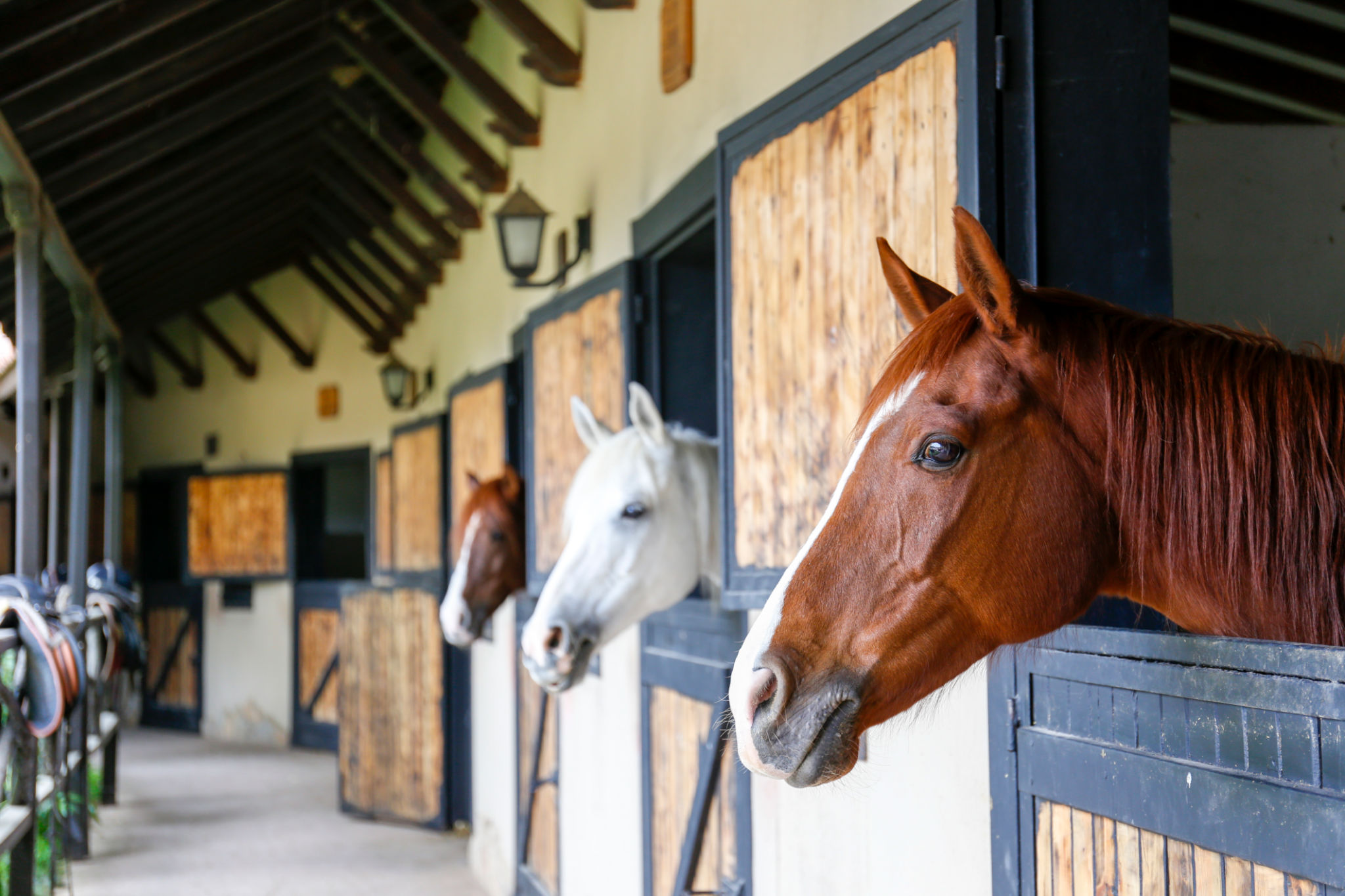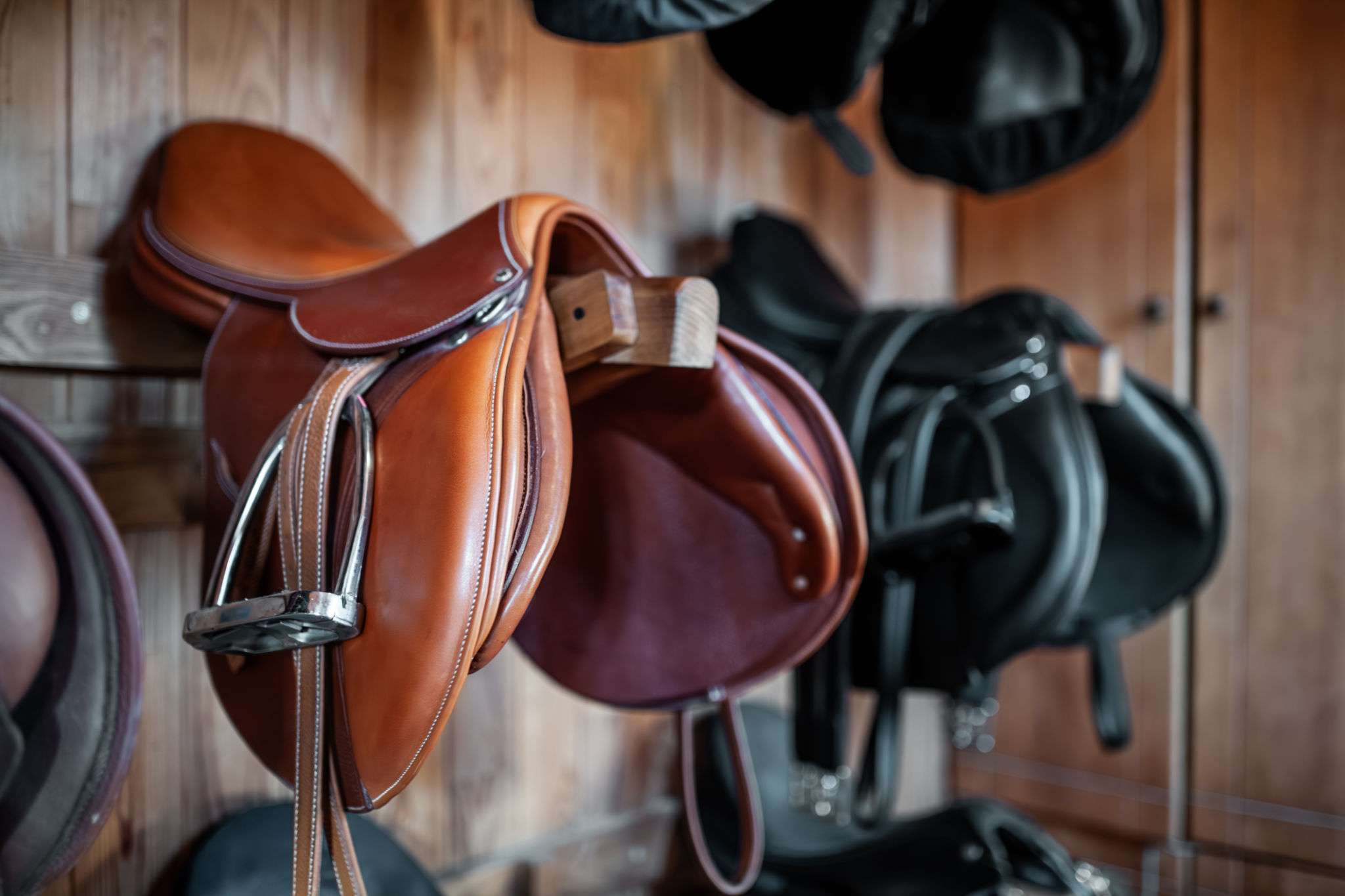How to Design a Customized Horse Stable: Key Considerations and Best Practices
Understanding the Basics of Stable Design
Designing a customized horse stable requires careful planning and consideration of various factors. A well-designed stable not only ensures the comfort and safety of your horses but also enhances the efficiency of daily operations. Before embarking on this project, it is essential to familiarize yourself with the basics of stable design, including the size, layout, and materials used.
The first step in designing a horse stable is determining the appropriate size. This depends on the number of horses you plan to house and their specific needs. Each stall should be spacious enough to allow the horse to move freely, with a minimum recommended size of 12x12 feet. Additionally, consider the overall layout of the stable to facilitate ease of movement and efficient management.

Choosing the Right Materials
When it comes to constructing a stable, selecting the right materials is crucial for durability and safety. Typically, wood is a popular choice due to its aesthetic appeal and natural insulation properties. However, metal and concrete are also widely used for their strength and low maintenance requirements. Whichever material you choose, ensure it is safe for horses and can withstand environmental conditions.
In addition to structural materials, consider flooring options that provide comfort and traction for horses. Rubber mats or specialized flooring solutions are often recommended, as they help reduce stress on the horses' joints and minimize the risk of injury.

Ventilation and Lighting
Proper ventilation is essential in any horse stable to ensure fresh air circulation and prevent respiratory issues. Incorporate features such as windows, vents, and open ceilings to promote airflow. Natural light should also be maximized with strategically placed windows and skylights, which help create a healthy environment for your horses.
In addition to natural lighting, install adequate artificial lighting for safety and convenience. Consider energy-efficient LED options that provide sufficient illumination without increasing energy costs. Ensure all electrical installations comply with safety standards to prevent any hazards.

Incorporating Safety Features
Safety is paramount when designing a customized horse stable. Implementing features such as rounded edges on fixtures, non-slip flooring, and secure latches on doors can significantly reduce the risk of accidents. Furthermore, ensure all walkways are clear and wide enough to accommodate safe passage for both horses and handlers.
Regular maintenance checks are essential to identify potential hazards early on. By creating a checklist for routine inspections, stable owners can address issues such as broken fences or faulty equipment promptly, ensuring a safe environment at all times.
Optimizing Space for Efficiency
An efficient stable design maximizes space usage to streamline daily operations. Consider incorporating storage areas for feed, equipment, and other essentials within easy reach. This not only saves time but also minimizes clutter in walkways.
Additionally, plan for common areas such as wash bays and grooming stalls that enhance the overall functionality of the stable. These spaces should be designed with practicality in mind, ensuring they are easily accessible and equipped with necessary utilities.
Creating a Comfortable Environment
The comfort of your horses should be a top priority when customizing your stable. Alongside spacious stalls, consider installing features such as automatic waterers and feed dispensers to ensure consistent nourishment for your horses. Providing ample bedding material also contributes to their comfort and well-being.
Climate control is another important factor; stables should be designed to maintain a comfortable temperature year-round. Insulation, fans, or heaters may be necessary depending on your local climate conditions.

Considering Aesthetics and Personalization
Aesthetics play a significant role in customizing a horse stable, reflecting the owner's style and preferences. Choose colors and finishes that complement the surrounding environment while maintaining functionality. Custom features such as nameplates or decorative elements can add a personal touch to each stall.
Landscaping around the stable can enhance its appearance and provide additional benefits such as shade and wind protection. Incorporating trees or hedges not only beautifies the area but also contributes to creating a serene environment for both horses and handlers.

Consulting Professionals
While designing a customized horse stable can be an exciting endeavor, consulting professionals can provide valuable insights and expertise. Architects, builders, or equine facility designers can help turn your vision into reality while ensuring compliance with local regulations and industry standards.
Collaborating with experts allows you to explore innovative solutions tailored to your specific needs, ultimately resulting in a stable that is both functional and aesthetically pleasing.